All about the ampelny purslane
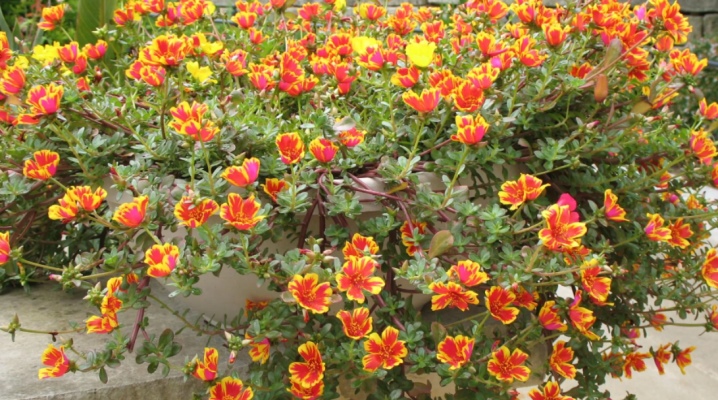
Quite a few gardeners are eager to learn everything about the ampelnaya purslane and its features. It will be important for them to deal with the planting of such a plant and care. Also worthy of attention is the cultivation of vegetative perennial purslane in pots at home and in the open field.
Peculiarities
Strictly speaking, there is no such varietal variety as the ampelny purslane. However, it is quite permissible to grow real species according to the ampel type. Any variety is suitable for such a purpose - you just need to give its vegetative development an appropriate direction. Purslane develops rather quickly and actively. It successfully covers the ground, forming a soil “carpet”.
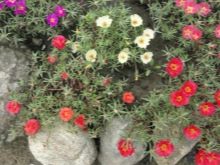
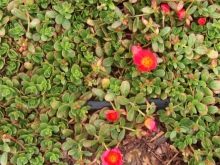
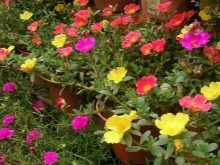
The stems will be intertwined. The flowers on these perennials have a wide variety of colors. There are white, yellow, orange, and even bright red. Purslane pleases not only in gardens, but also in indoor containers; it is planted in pots and flowerpots, taking advantage of the resemblance to the appearance of a rose. Breeders have developed a special ampelous hybrid that looks equally beautiful in a wide variety of environments.
The name of the plant is associated with the specific appearance of the seed capsule. Mature specimens have curly stems and oval-shaped leaves. A characteristic feature is the double type of flower. Flowering will take place continuously, until early frost, with the opening of buds on sunny clear days. Purslane perfectly tolerates heat up to 45 degrees, but cold (less than 10 degrees of heat) weather is completely unbearable for him.
The plant feels optimally in the open sun. The shadow, if allowed, is very weak, otherwise it will not work to enjoy the flowering.
A large amount of water for purslane is contraindicated. Therefore, it is watered strictly limited. The lower the air temperature, the more dangerous liquid stagnation is.
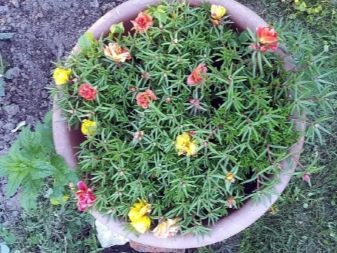
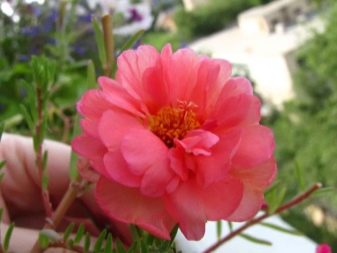
Landing
To grow a flower from seeds, it is important to choose not only a light, but also a warm place, and ideally with dry soil. If possible, select elevated areas. Seeds are collected in the fall, removing wilted flowers. This should be done in good dry weather. Seedling growing techniques are often practiced.
The planting material is not sealed, but only slightly pressed against the surface. Sowing is carried out in April or May. The optimal substrate contains 80% peat mixed with organic matter. The remaining 20% is made up of fine sand or gravel. In the spring, planting is carried out only after the full end of the threat of frost.
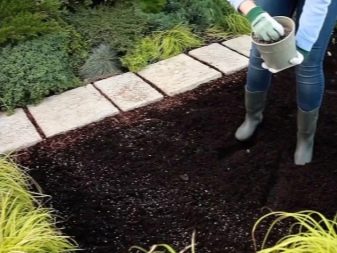
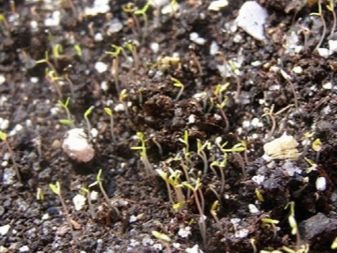
Care
When growing purslane both at home and in the open field, you need to water it every 4-5 days. More frequent watering is required only in extreme heat. Frequent weeding is strictly required. Ampelny purslane does not know how to defend against weeds, and they take away a lot of food from him. Top dressing can be very active, but it is undesirable to use a large amount of nitrogen, which interferes with normal flowering.
Better to focus on complex mineral compositions. During the season, feeding is applied twice or thrice. We must not forget about loosening the earth when the purslane is still relatively young. At an older age, he will create a dense coating, and the procedure will no longer be possible.
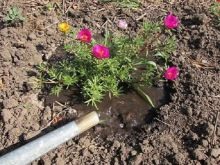
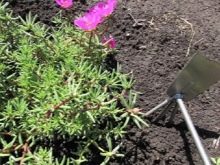

When cultivating in pots, you should avoid all places where the light falls less than 6-8 hours per day. In extreme cases, they resort to additional lighting. A high-quality drainage is placed in the container, abundantly saturated with river sand.Purslane does not put forward special requirements for the nutritional value of the substrate, but it is better to supply it with useful substances in the pots. Against the background of the growing season, the pot culture requires monthly feeding (the dose is reduced by 50% in comparison with the recommended figures).
On the windowsill, purslane is cultivated as a typical ground cover. It will have a clean ampel format in hanging baskets. Dry air is not dangerous for this plant. You do not need to spray it. For irrigation, use soft water; tap water can also be used, but soften it additionally with baking soda.
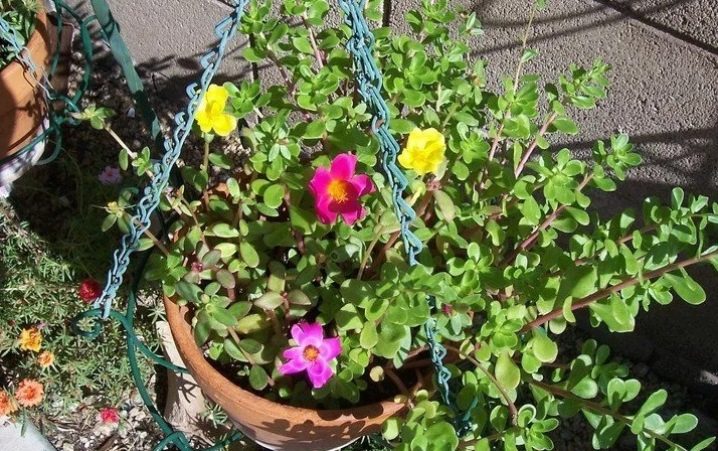
How to reproduce?
Basically, gardeners practice propagation by cuttings. They are harvested in both the spring and summer months. At the end of July, short cuttings, about 5 cm, are prepared. They are placed in light, well-permeable soil, preferably in small pots. In winter, seedlings are stored in the light, in a cool place.
Sometimes it is more correct to keep the purslane mother plant indoors. Then it will turn out to be cuttings at the beginning of spring and achieve a good result. This plant is capable of spreading by itself. It must be remembered that a fresh crop of seeds will not sprout, it must be stored for about 6 months to get the proper condition. Sowing directly into the ground is carried out at a temperature of at least 20 degrees; in order not to wait for this, you can start seedlings.
Planting in containers is done at the end of March or during April. The warmer it is, the earlier it should be done. But it is worth remembering that too hasty flower growers can outgrow the seedlings. It requires containers with a maximum height of 7 cm, ideally with a transparent lid and drainage holes. Instead of a ready-made soil mixture, it is better to use a light soil that does not contain peat.
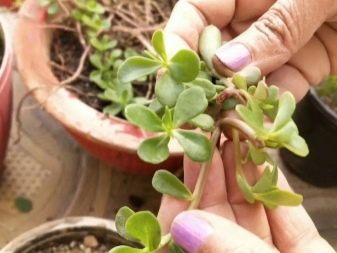
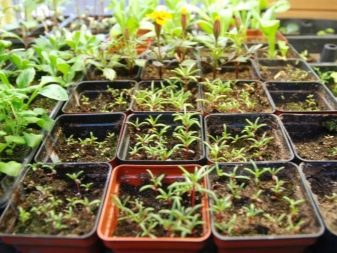








The comment was sent successfully.